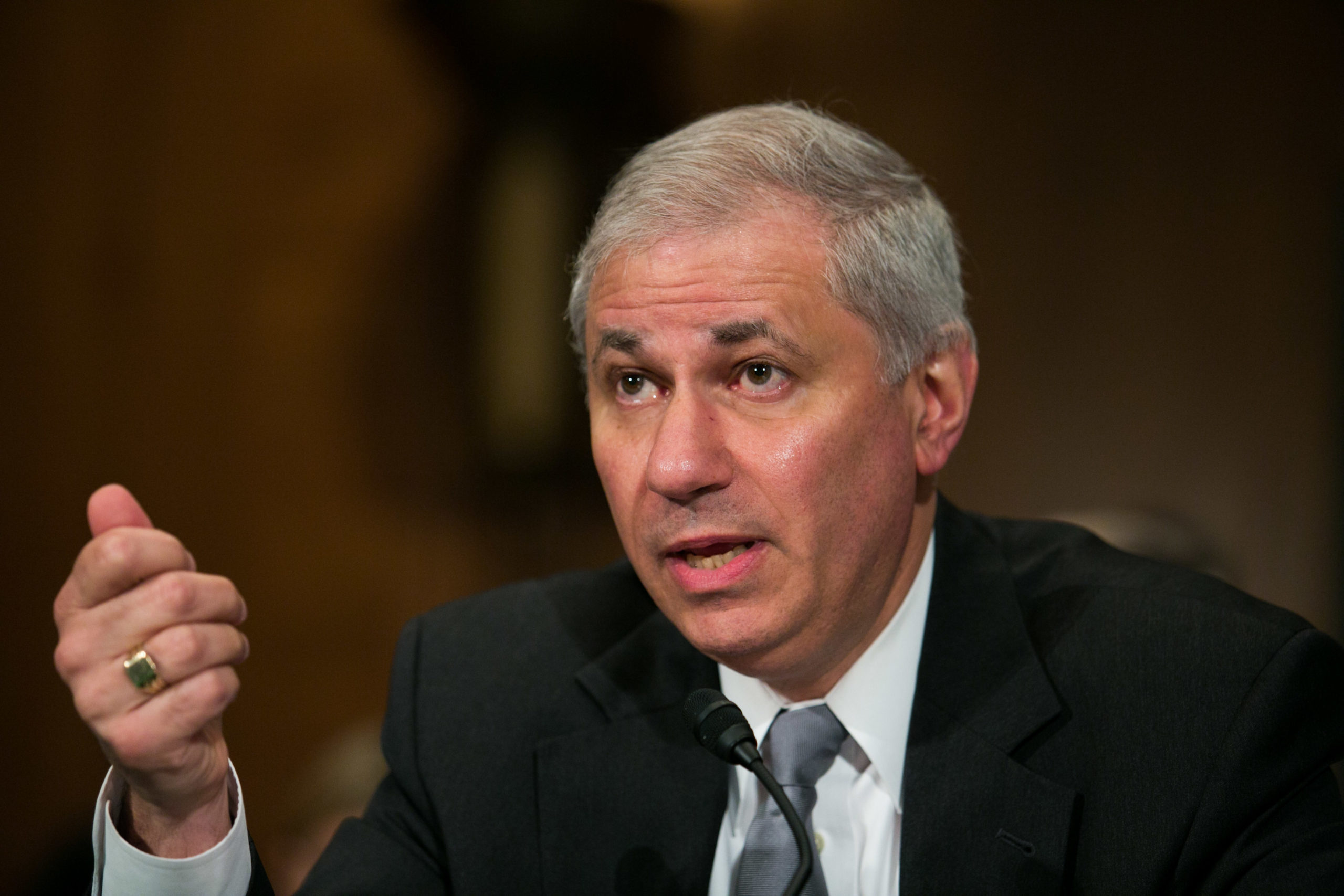U.S. regulators have a new plan to stabilize regional banks and protect the public from future crises. Large banks must keep a set amount of long-term debt to cover losses in case of government intervention.
New regulations have been proposed to improve banking stability after three institutions closed and caused financial losses. Lenders will now need to maintain long-term debt levels to reduce the risk of contagion.
Acknowledging the impact of these requirements, regulatory agencies recognized the potential for “moderately higher funding costs” for regional banks. This factor could contribute to the existing earnings pressures faced by the industry.
Notably, all major credit rating agencies have downgraded the credit ratings of specific lenders this year, exacerbating the challenges.
However, the new rule provides a three-year window for banks to conform, and regulators believe that many banks already possess acceptable forms of debt. Estimates suggest that regional banks hold approximately 75% of the required obligation.
This initiative primarily targets banks with assets of $100 billion or more, encompassing significant institutions called global systemically important banks (GSIBs). The catalyst for these changes was the decline of Silicon Valley Bank in March, highlighting potential vulnerabilities within the banking system.
The comprehensive measures encompass raising levels of long-term debt, eliminating a loophole that allowed midsize banks to sidestep recognition of declines in bond holdings, and enforcing more robust living wills or resolution plans.
These plans would activate in case of a bank’s failure, providing a well-structured framework for managing potential crises.
Long-term debt ensures enough capital to protect uninsured depositors during regulatory interventions. It also boosts depositor confidence, reduces FDIC costs, and allows for smoother bank auctions.
While the proposed measures seek to enhance the banking sector’s stability, they are anticipated to exert financial pressures on midsize banks. The necessity to raise more corporate bonds or substitute existing funding sources with more costly forms of long-term debt may squeeze margins further, leading to a potential annual earnings impact of up to 3.5% for the concerned banks.
Market analysts have identified five banks—Regions, M&T Bank, Citizens Financial, Northern Trust, and Fifth Third Bancorp—likely candidates to raise approximately $12 billion in fresh debt. Although the mentioned banks have yet to comment, this move underscores the significance of strategic financing planning in the evolving regulatory landscape.
Regulatory proposals aim to improve risk monitoring and transparency in the long-term debt sector to increase investor confidence and impact market perceptions of risk in banks.
Regulators are inviting comments on these proposals until the end of November as industry stakeholders and trade groups continue to discuss the potential implications of these regulatory changes.







